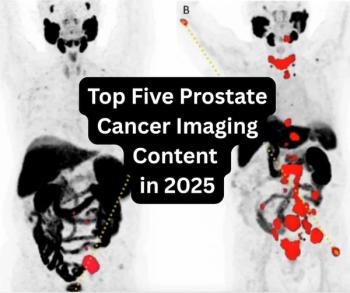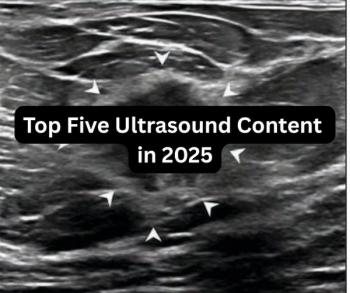
Grow your own minicost mini-PACS
The financial realities of PACS keep some smaller hospitals from entering the digital era. A low-cost/no-cost solution to this problem that was revealed at the RSNA in November attracted attention, especially from representatives of developing and
The financial realities of PACS keep some smaller hospitals from entering the digital era. A low-cost/no-cost solution to this problem that was revealed at the RSNA in November attracted attention, especially from representatives of developing and emerging countries.
"PACS are expensive, and our hospital does not have one," said Dr. Daniel Behar, section chief of vascular and interventional radiology at the Edith Wolfson Medical Center in Holon, Israel. "The Web-based minicost mini-PACS is the result of my attempt to create an affordable system."
Behar's system allows hospital-wide access to reports and representative images using an intranet accessible to all PCs connected to the hospital's local area network (LAN).
The system consists of the following:
?custom-built relational data base (RDBS) program used to write reports for interventional procedures;
?PC with image capture capability; and
?custom-built Web site running on a PC using Microsoft's Personal Web Server.
The RDBS also acts as the data server and maintains links between the stored image files and the relevant patient record, Behar said.
Information is retrieved from the system using any standard Internet browser to view dynamically formatted Web pages from the hospital-wide intranet, according to Behar. The user submits a unique patient identification number, along with a user name and password to ensure that access is limited to authorized users only. The form handler submits the query through an open database connector to the back end of the RDBS.
The RDBS returns text fields, which constitute the body of the report and file names for the available images. The form handler then formats the text and graphic images dynamically as an HTML page and returns it to the client's browser for display.
"The advantage of this system is that it is extremely easy and inexpensive to implement using consumer off-the-shelf hardware and software," Behar said. "I developed the entire system myself without professional programming experience. The only component we had to buy was the video capture board, an expense of about $150."
The system does have drawbacks. The images are compressed JPEG files and the quality is not diagnostic, he said. Once the images are captured, the viewer has no way to adjust contrast or brightness.
The images do, however, provide the referring clinician with an extra dimension to the text-based radiology report. The low cost means that hospitals or clinics with limited financial resources can implement the system.
Most of the people who expressed interest in the RSNA exhibit were from developing and emerging nations, according to Behar.
"They said they would love to have some capability for sharing images in their hospital but could not afford the price tag of a full blown PACS," he said.
Newsletter
Stay at the forefront of radiology with the Diagnostic Imaging newsletter, delivering the latest news, clinical insights, and imaging advancements for today’s radiologists.




























